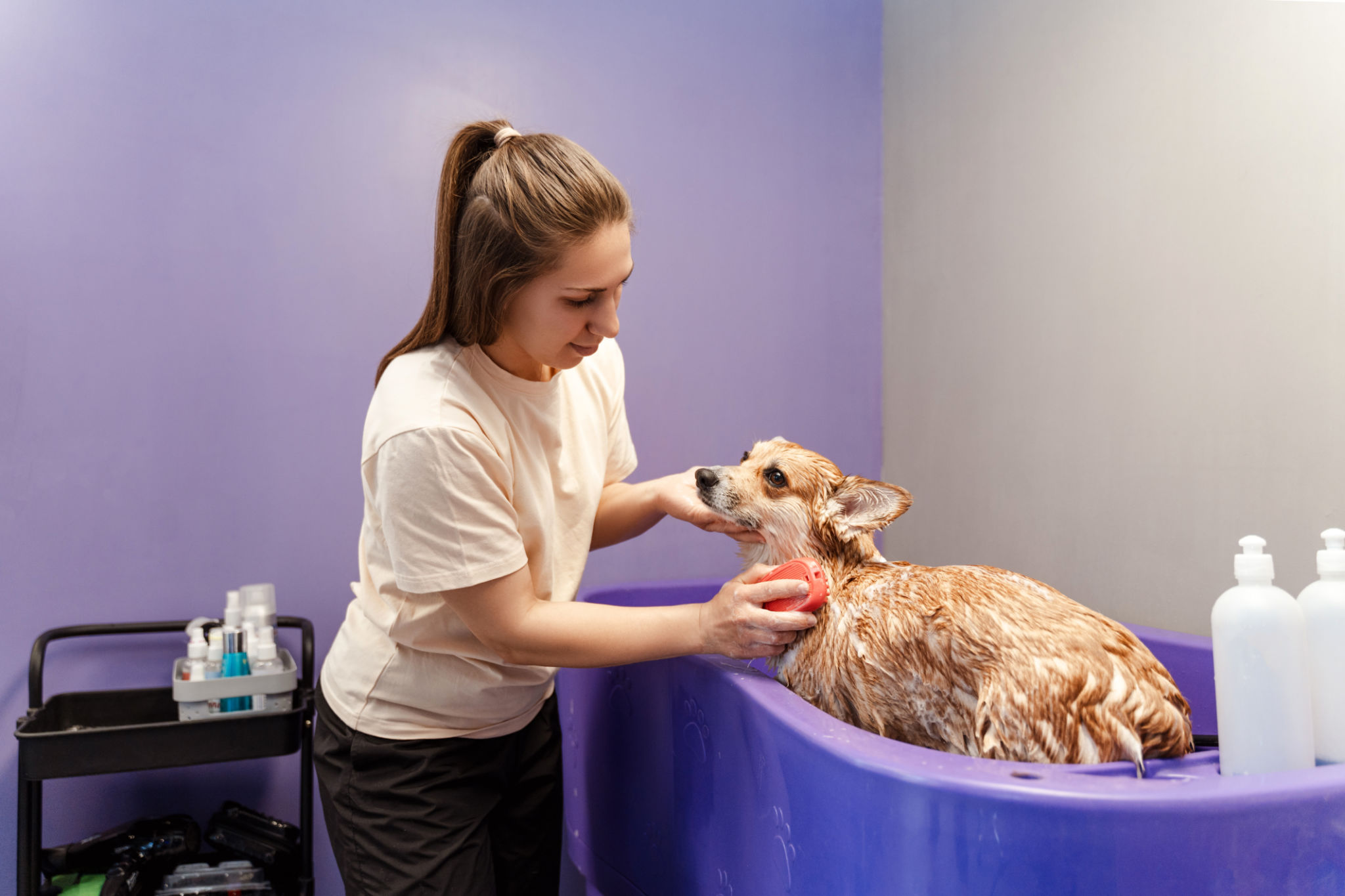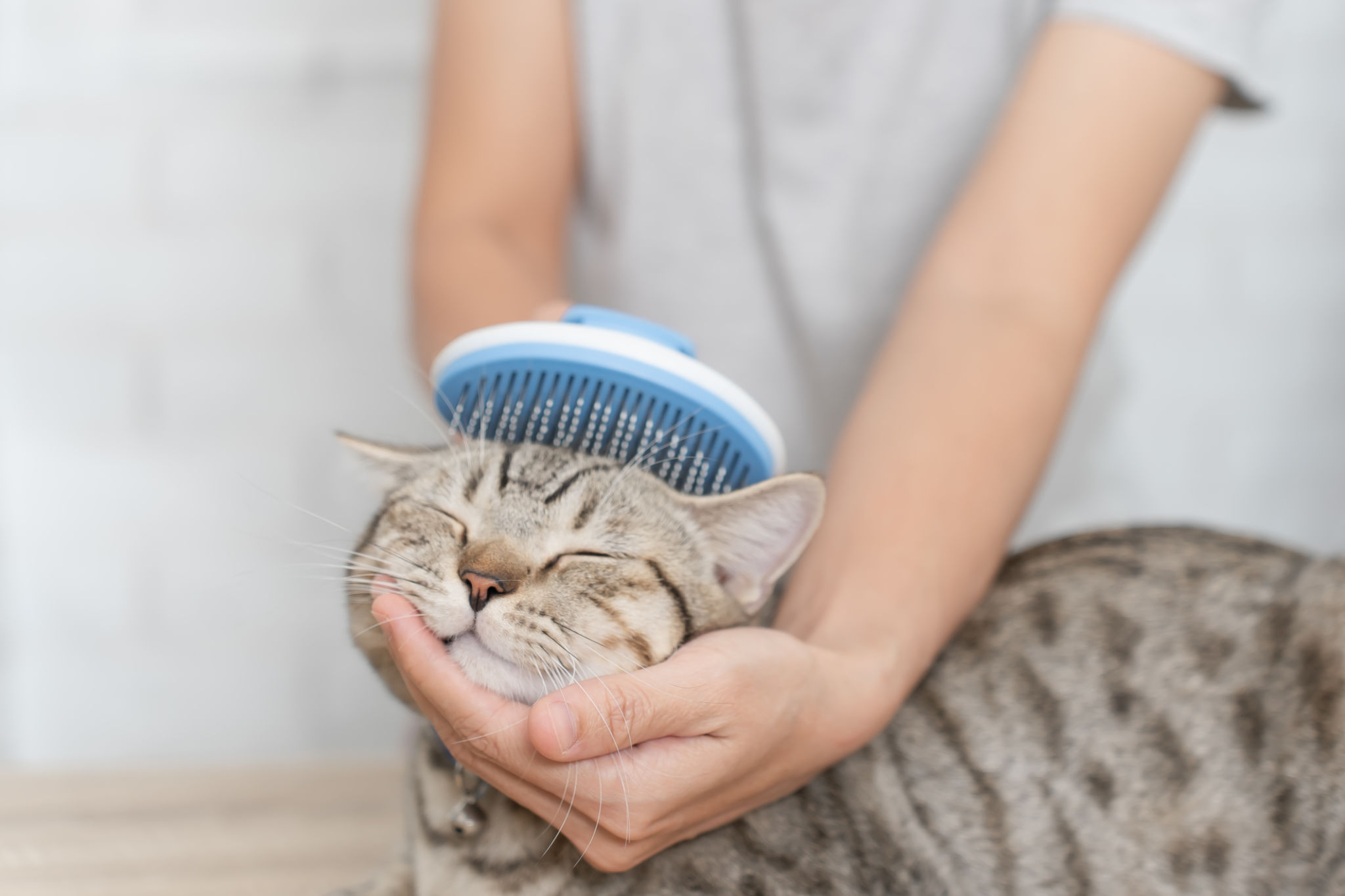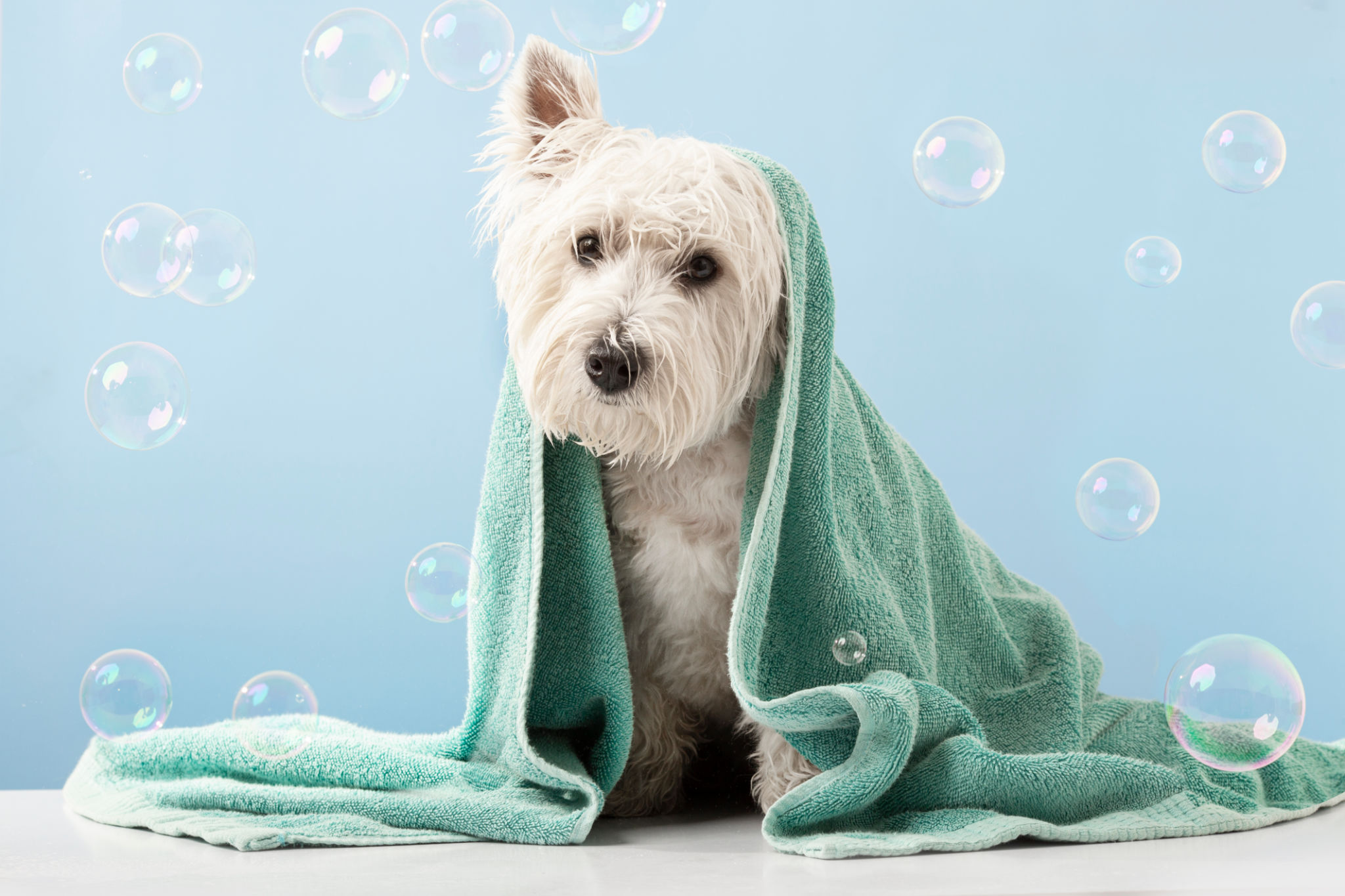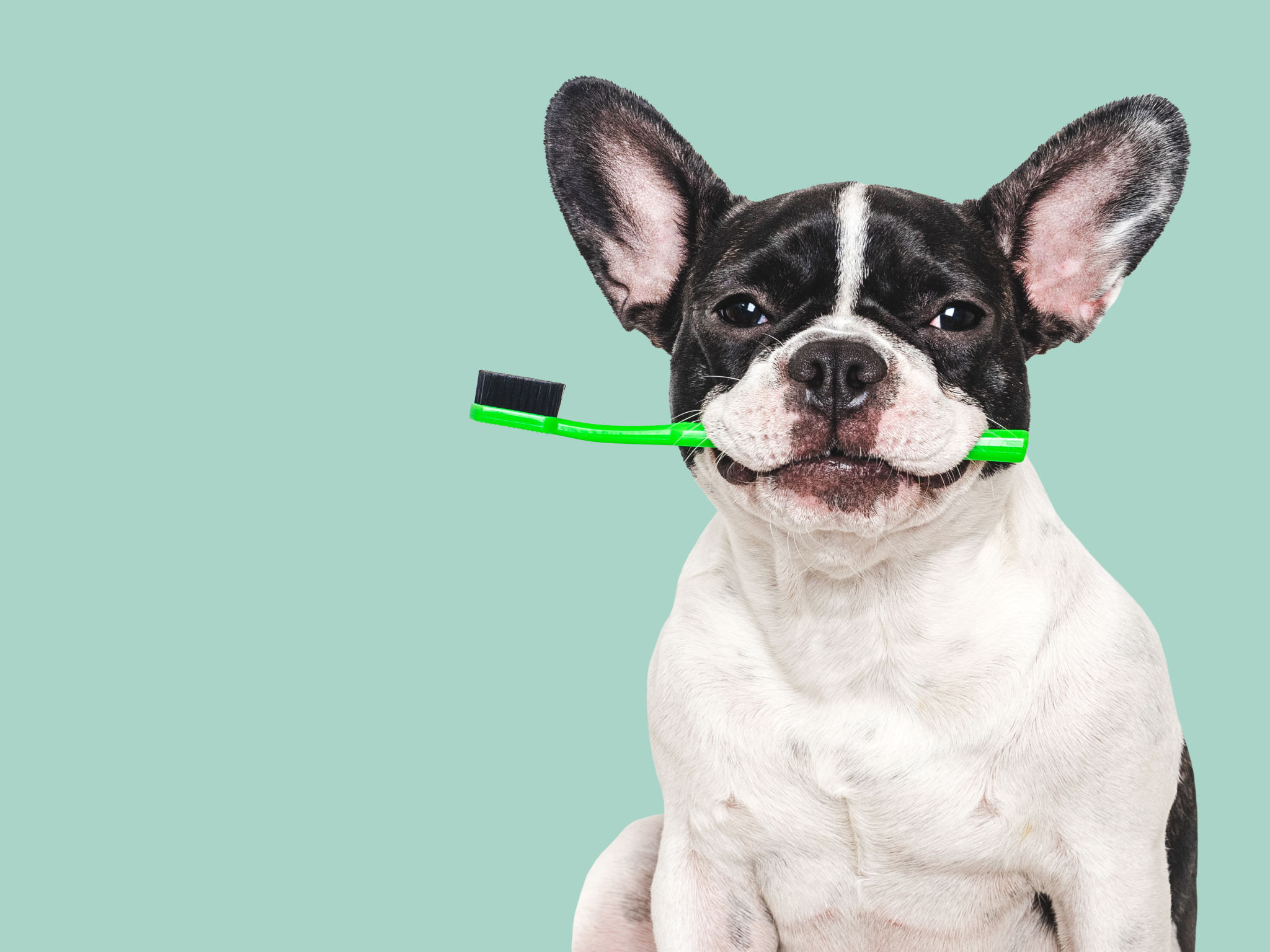DIY Pet Grooming Tips Between Professional Visits
Understanding Your Pet's Grooming Needs
Between professional grooming appointments, it's essential to maintain your pet's grooming routine at home. This not only keeps your furry friend looking their best but also promotes their overall health and well-being. Each pet has unique grooming needs based on their breed, coat type, and lifestyle. Understanding these needs is the first step toward effective at-home grooming.
For instance, long-haired breeds like Shih Tzus or Maine Coons require more frequent brushing to prevent mats and tangles, while short-haired pets might need less maintenance. Observing your pet's behavior and coat condition will help you tailor a grooming routine that suits them best.

Essential Grooming Supplies
Having the right tools can make a significant difference in your DIY grooming efforts. Here are some basic supplies that every pet owner should consider:
- Brushes and Combs: Choose brushes and combs that are appropriate for your pet's coat type.
- Nail Clippers: Invest in a good pair of nail clippers or a grinder to keep your pet's nails at a healthy length.
- Shampoo: Use a gentle, pet-safe shampoo that suits your pet's skin and coat condition.
- Towels and Blow Dryer: Have absorbent towels and a pet-safe blow dryer for post-bath drying.
Brushing Your Pet
Regular brushing is crucial for maintaining your pet's coat and preventing issues like matting and shedding. Ideally, brush your pet a few times a week, or as needed based on their coat type. Use gentle, long strokes in the direction of hair growth to avoid skin irritation. Pay special attention to areas prone to tangles, such as behind the ears and under the legs.

Bathing Your Pet
Bathing your pet every few weeks helps keep their coat clean and healthy. Use lukewarm water and apply pet-friendly shampoo, ensuring you rinse thoroughly to remove all soap residues. During the bath, check for any skin abnormalities or parasites.
After bathing, towel-dry your pet to remove excess water and use a blow dryer on a low setting if necessary. Ensure your pet is completely dry to prevent any skin problems.

Nail Trimming Tips
Regular nail trimming is essential for your pet's comfort and mobility. Long nails can cause discomfort and lead to health issues. When trimming your pet's nails, be cautious not to cut too close to the quick, which can cause pain and bleeding. If you're unsure or uncomfortable with nail trimming, seek guidance from a professional groomer or vet.
Ear Cleaning and Dental Care
Ears should be checked regularly for dirt, wax build-up, or signs of infection. Use a vet-recommended ear cleaner and gently clean the outer part of the ear with a cotton ball. Avoid inserting anything into the ear canal.
Dental health is equally important. Brush your pet's teeth several times a week using pet-safe toothpaste and a toothbrush designed for pets. Regular dental care helps prevent tartar build-up and gum disease.

Creating a Positive Grooming Experience
To make grooming sessions enjoyable for both you and your pet, create a calm environment. Use treats and positive reinforcement to reward good behavior during grooming. Patience is key—take breaks if your pet becomes anxious or restless.
With these DIY grooming tips, you can keep your pet looking their best between professional visits. Regular grooming not only enhances their appearance but also strengthens the bond you share with your furry companion.